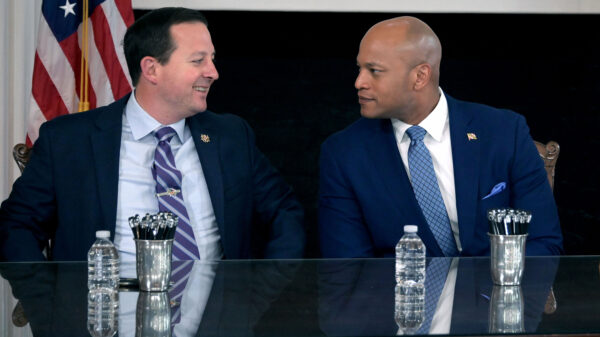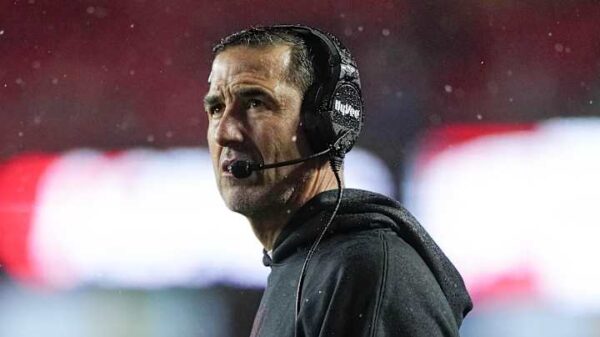More than 3,870 employees, representing over 20% of NASA’s workforce, have requested to leave the agency, according to a confirmation from NASA to CBS News. This significant wave of departures stems from the Trump administration’s Deferred Resignation Program, which aims to streamline the federal workforce. The application deadline for this program was set for midnight on May 26, 2023.
With these planned departures, NASA’s civil servant workforce is expected to decrease from approximately 18,000 to 14,000 personnel. This reduction also includes about 500 employees who have exited through regular attrition, as reported by the agency.
Impacts of the Deferred Resignation Program
NASA spokesperson Cheryl Warner emphasized that safety remains a top priority as the agency navigates these changes. She stated, “We balance the need to become a more streamlined and more efficient organization and work to ensure we remain fully capable of pursuing a Golden Era of exploration and innovation, including to the Moon and Mars.”
The Deferred Resignation Program, introduced by the White House’s Department of Government Efficiency, was designed to reduce federal costs by encouraging voluntary departures. NASA recorded approximately 870 applications during the first round and around 3,000 in the second round.
Funding challenges compound these staffing issues. A White House budget proposal released in May suggests a funding cut of nearly 25% for NASA in fiscal year 2026, reducing its budget from about $24 billion to $18 billion. This reduction raises concerns about the agency’s capacity to maintain its ambitious goals.
Leadership Changes at NASA
In addition to staffing challenges, NASA is facing a leadership crisis. In December, President Trump nominated billionaire private astronaut Jared Isaacman to be the next administrator. Isaacman, a friend of Elon Musk, who has several contracts with NASA through his company SpaceX, saw his nomination withdrawn just before a planned Senate confirmation vote in late May. This withdrawal occurred amidst a public fallout between Trump and Musk, raising questions about the agency’s direction.
Following Isaacman’s nomination withdrawal, President Trump appointed Sean Duffy, the current Transportation Secretary, to lead NASA temporarily. This appointment aims to stabilize leadership as the agency grapples with significant workforce changes and funding uncertainties.
The ongoing adjustments within NASA highlight the complexities of managing a large federal agency amid shifting political landscapes and budget constraints. As the agency prepares for a potential future of reduced personnel and funding, the impact on its exploration missions remains to be seen.







































































